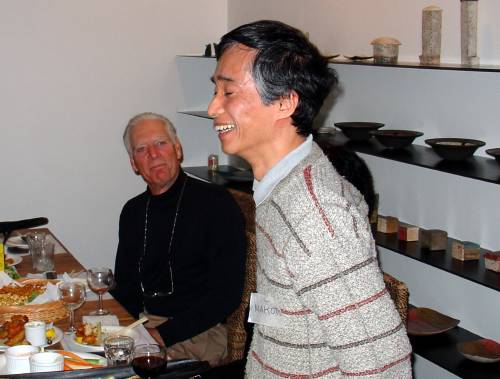
He served in the military in China and Burma during World War II. 161 see also Aoki and Einoo, eds., forthcoming).Īraki’s pupil, Kametarō Yagi (1908-86), was appointed in 1932 as a research assistant at the Department of Linguistics, Tokyo Imperial University, and seemed to be a promising heir of Araki but Araki’s early death and his own induction into the army, which caused him to lose his academic position in 1937, forced him to give up his career as a scholar of ancient Iran.

His collection, currently owned by the Institute of Oriental Culture, Tokyo University, is now the most complete set of such source materials in Japan and the main starting point for students of the literature of ancient Iran (Henri Massé, “Comptes rendus,” JA 228, Janvier-Mars, 1936, p. His main publication is a brief summary of ancient Iranian studies in the West to that date (1922 in Japanese). He continued to collect source materials and scholarly books, with the financial support of the Keimeikai Foundation, until his death in 1932. Williams Jackson (q.v.) at Columbia University from 1914 to 1920, began to teach ancient Iranian literature at the Department of Linguistics in Tokyo Imperial University he served as a part-time lecturer from 1922 to 1931. In Tokyo, Shigeru Araki (1884-1932), who had studied ancient Iran under Abraham V. Although archeological activity was suspended with the advent of the Islamic Revolution of 1978-79, it was resumed in 2001 (see also above, v).Īncient Iranian studies in Japan started at the beginning of the 20th century in Tokyo and Kyoto independently. Scholarly interest in ancient Iran in Japan developed from the early 20th century on, suffered a setback with the advent of World War II, but re-emerged stronger than before from the 1950s on, when archeological research and excavation surpassed philology as the leading field of interest. IRANIAN STUDIES IN JAPAN, PRE-ISLAMIC PERIOD Guinea pigs left to recover exhibited improvement, while treatment of animals with PF latanoprost resulted in nearly normal corneal structure.Ĭonclusions: In conclusion, PF prostaglandin anti-glaucoma medication seems to be better and have protective effect on cornea of male guinea pigs than prostaglandins with BAC preservative.Vi. The epithelium gave a strong positive immunoreactivity for Bcl-2-associated X protein (BAX). Negative periodic acid Schiff (PAS) reaction was observed in some parts of the epithelial basement membrane. Morphometrically, there was a marked decrease in the thickness of epithelium and number of keratocytes. Results: Our results indicated that guinea pigs treated with latanoprost with BAC exhibited ocular surface changes: there was epithelial thinning with desquamation, the stroma showed irregularly arranged collagen fibres and small keratocytes. After 2 months, the corneal tissues of guinea pigs were prepared for light and electron microscopic studies morphometric and statistical studies were performed. Control group, Latanoprost with 0.02% BAC-treated group, Recovery group and PF latanoprost-treated group. Materials and methods: In this study, 40 male guinea pigs were divided into four equal groups. This study aimed to analyse the histological changes within the corneal tissue with the use of currently available preserved prostaglandins-derived eye drops and PF prostaglandin analogue.

Lately, using PF anti-glaucoma agents has been considered an essential procedure for enhancing glaucoma care.

Latanoprost is a good, efficient and well-tolerated PGA that is currently available as latanoprost with benzalkonium chloride (BAC) (Xalatan) and preservative-free (PF) prostaglandin analogue latanoprost (Monopost). Prostaglandin analogues (PGAs) are known to be first-line treatment for patients with glaucoma. Background: Glaucoma is a group of eye diseases that can cause vision loss.


 0 kommentar(er)
0 kommentar(er)
